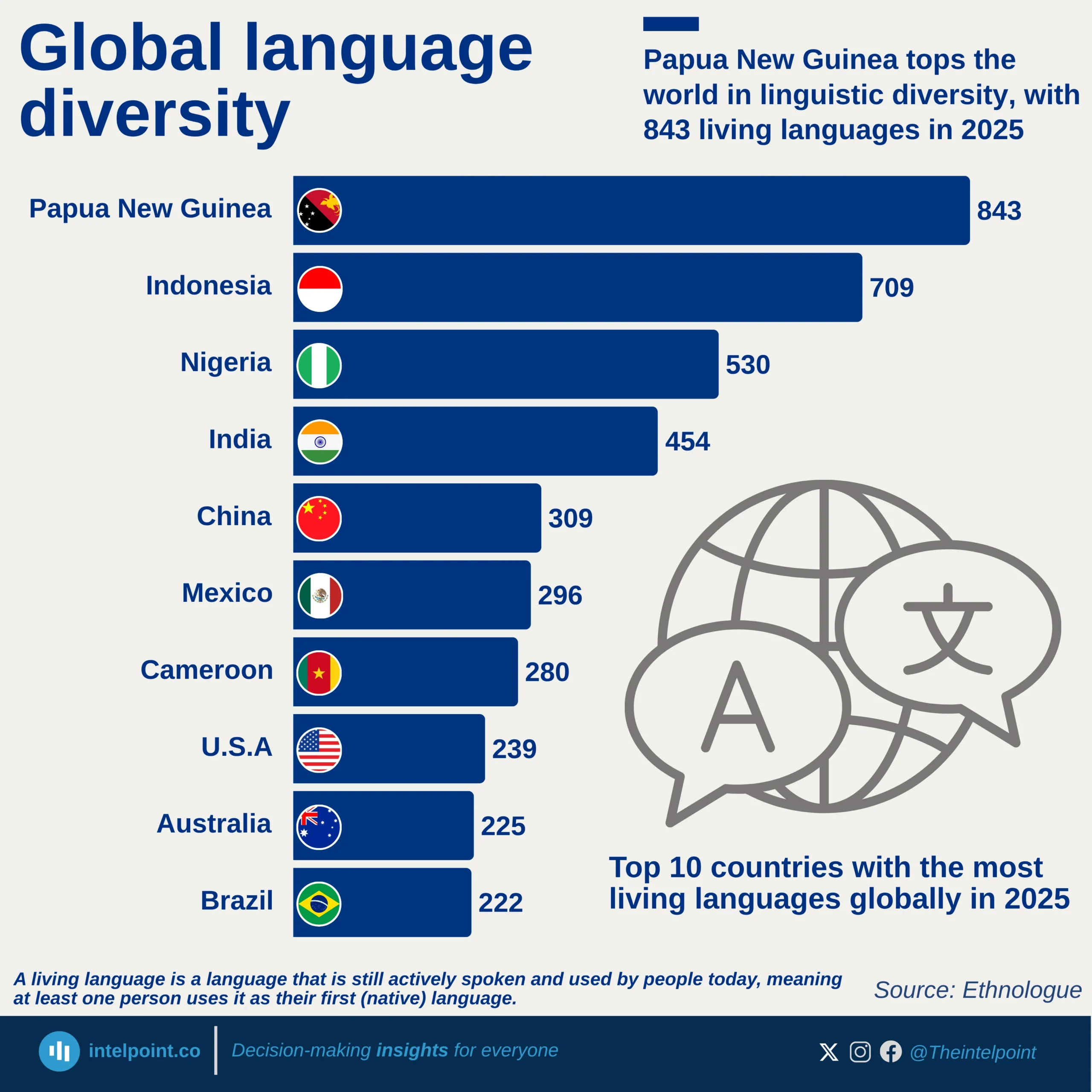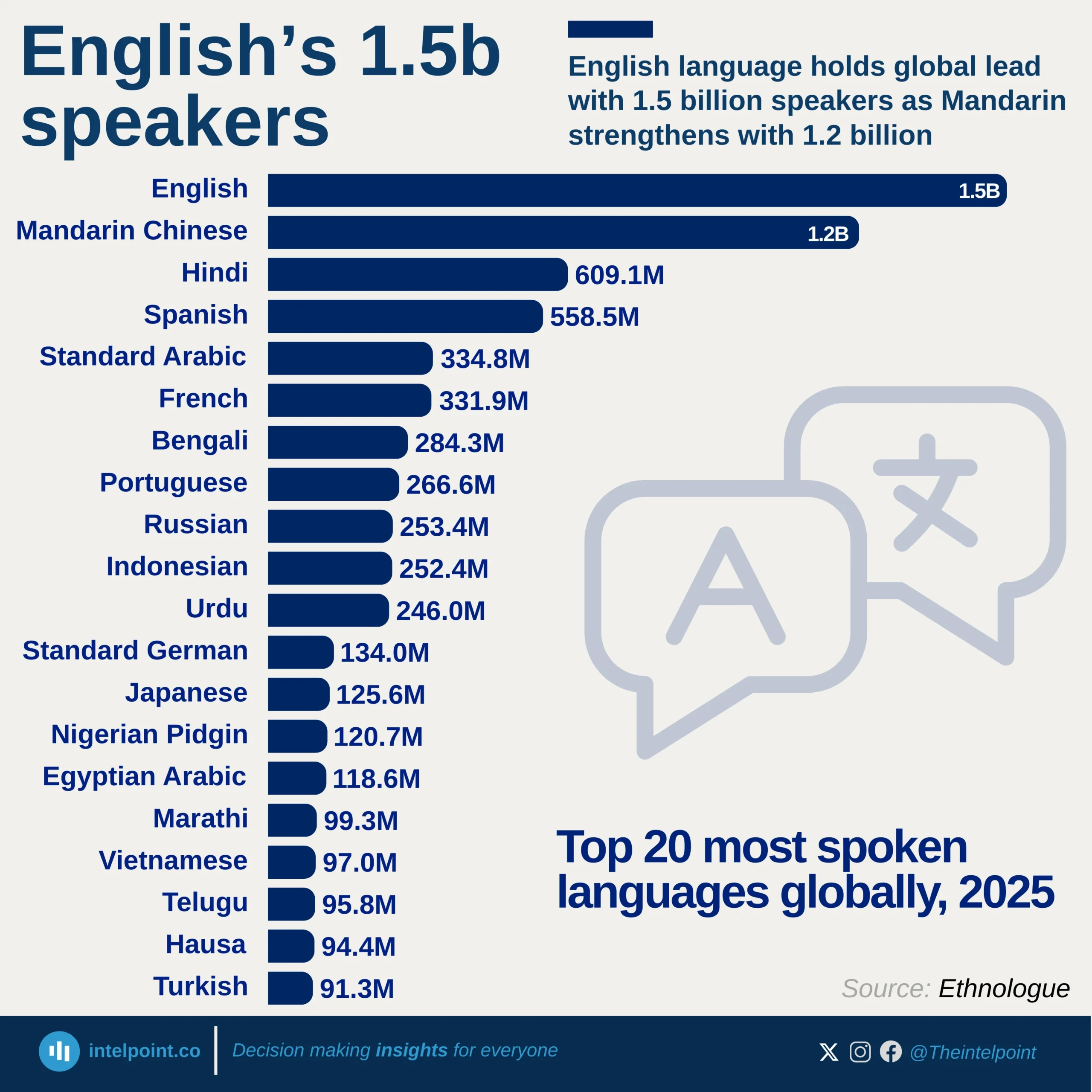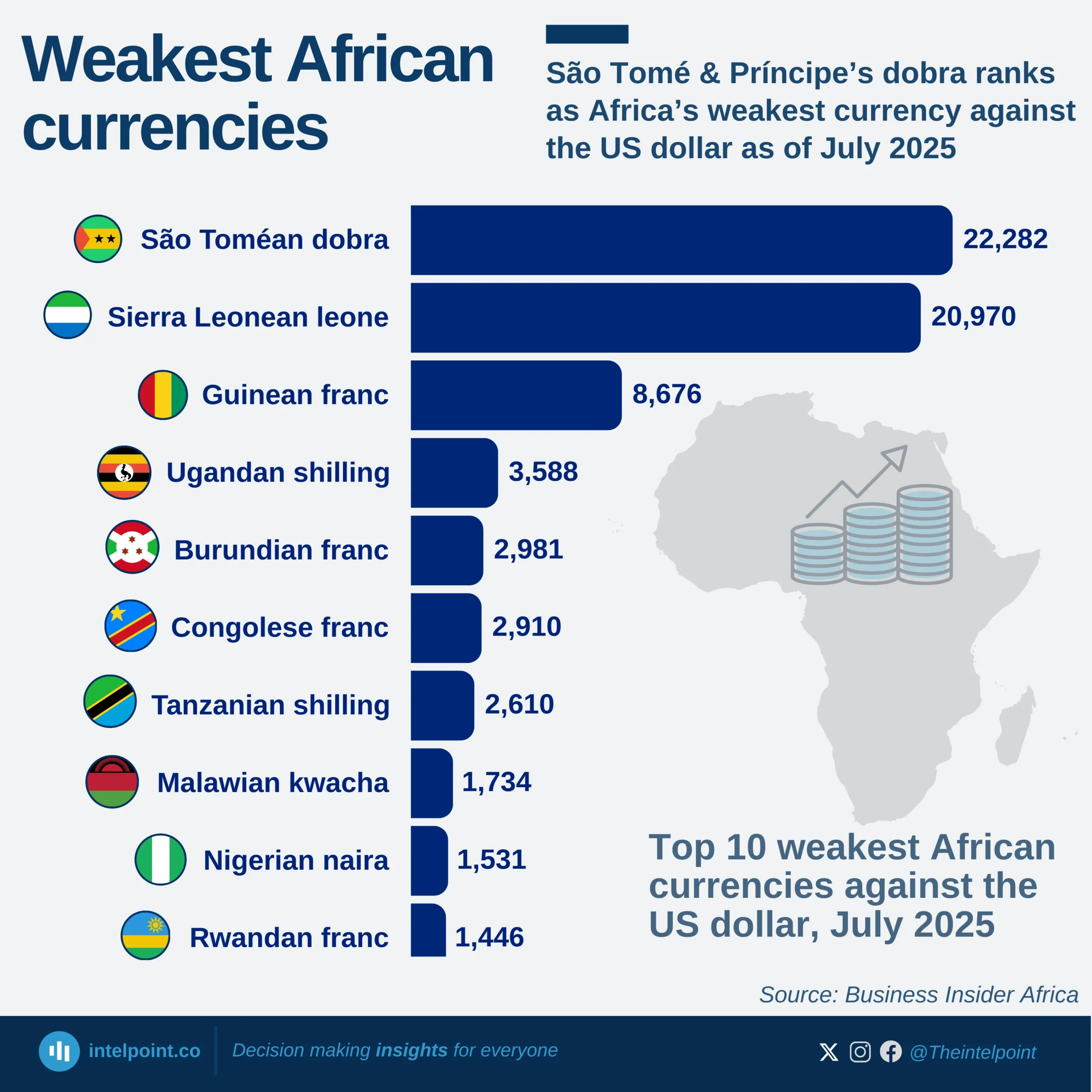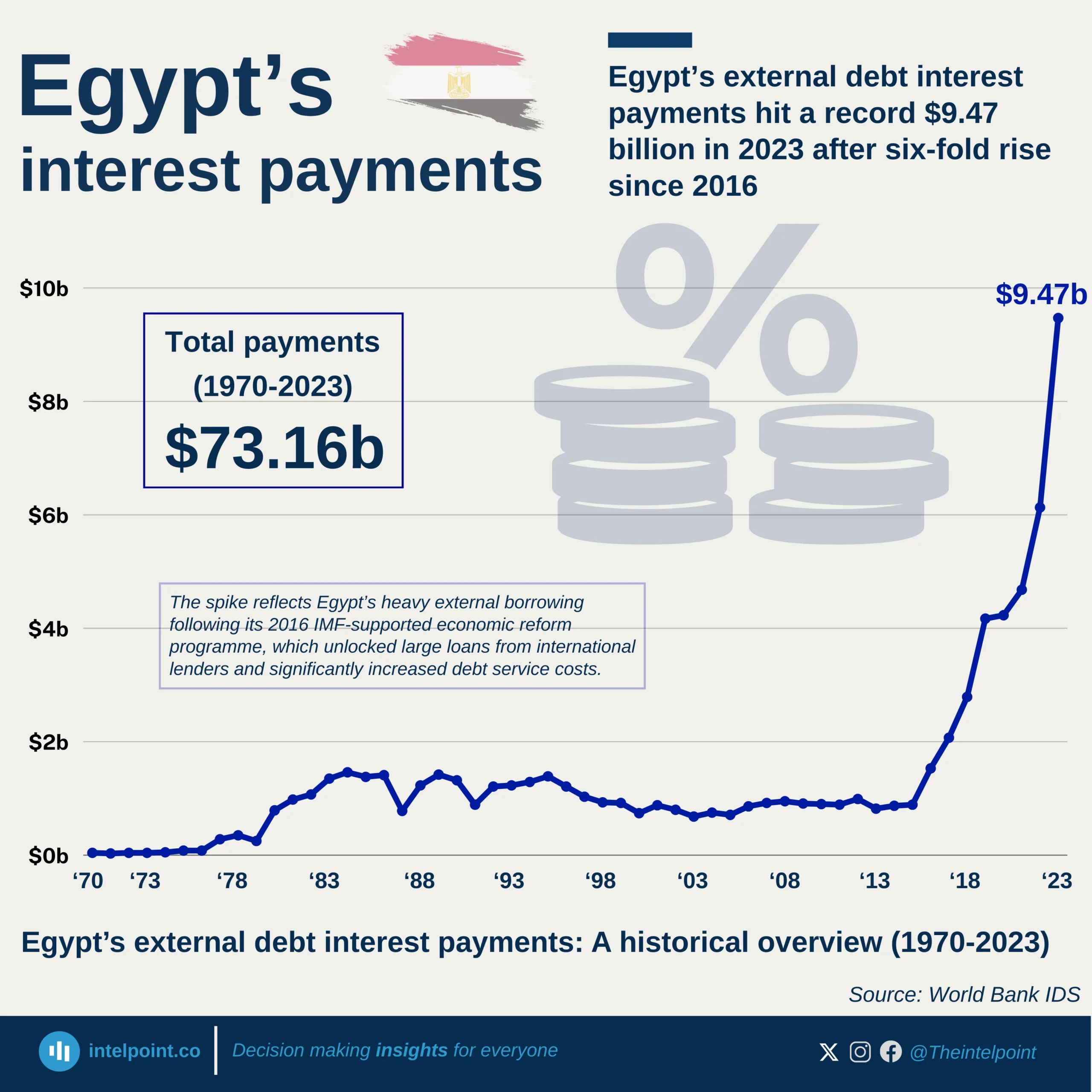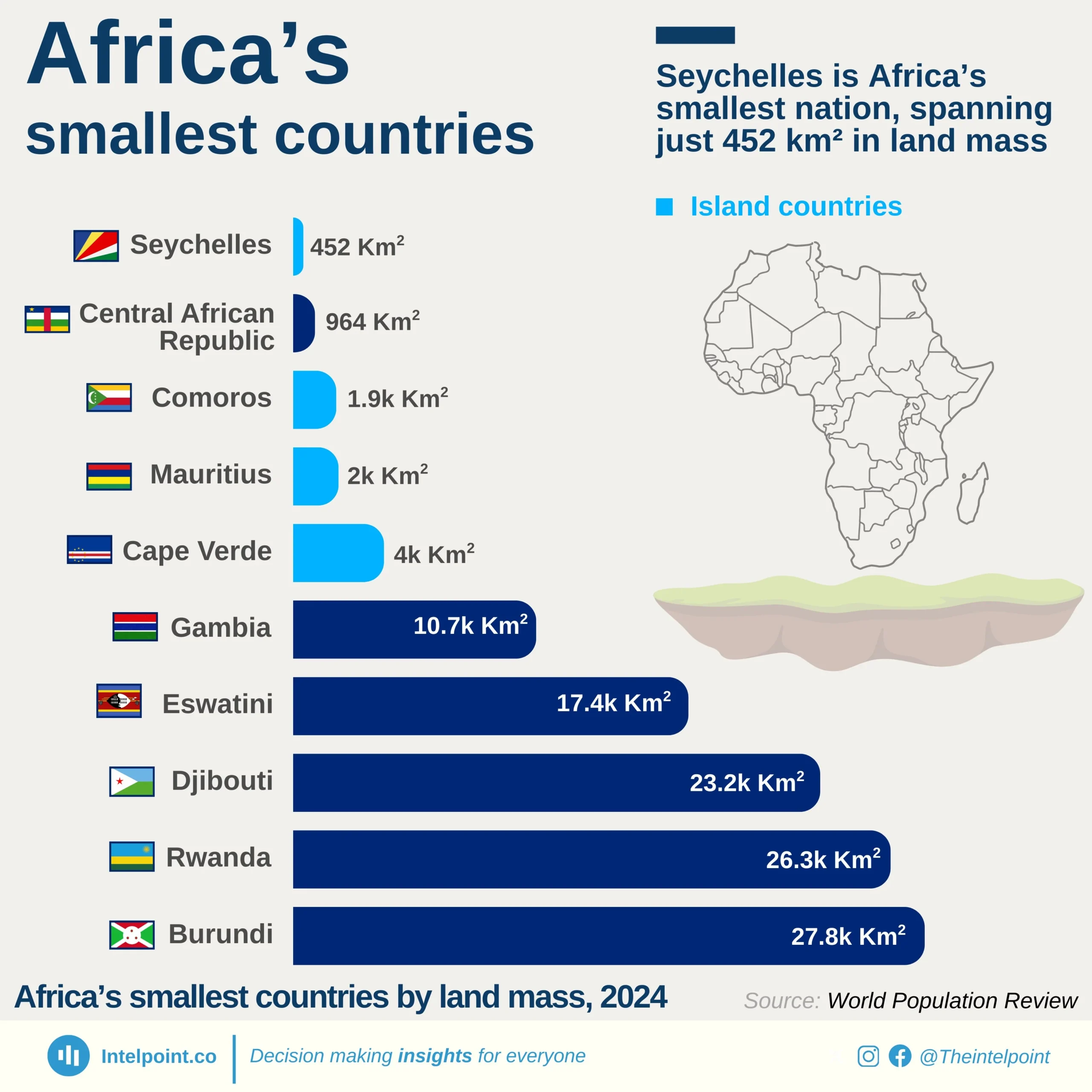Africa is home to some of the world’s largest countries by land mass, with Algeria leading the continent at 2.4 million km², a size that rivals the combined territories of several European nations. Close behind is the Democratic Republic of Congo at 2.3 million km², giving Central Africa significant geographical weight. North Africa continues to dominate the rankings with Sudan (1.9 million km²) and Libya (1.8 million km²), reflecting the region’s vast desert expanses.
In contrast, Nigeria, despite being Africa’s demographic giant, covers only 923,800 km², underscoring a disparity between population size and land area. At the lower end of the top 20 list, South Sudan spans just 619,700 km², highlighting the scale gap between Africa’s largest and smallest major states. This wide variation in land mass has deep implications for resource distribution, governance, and infrastructure development across the continent.
